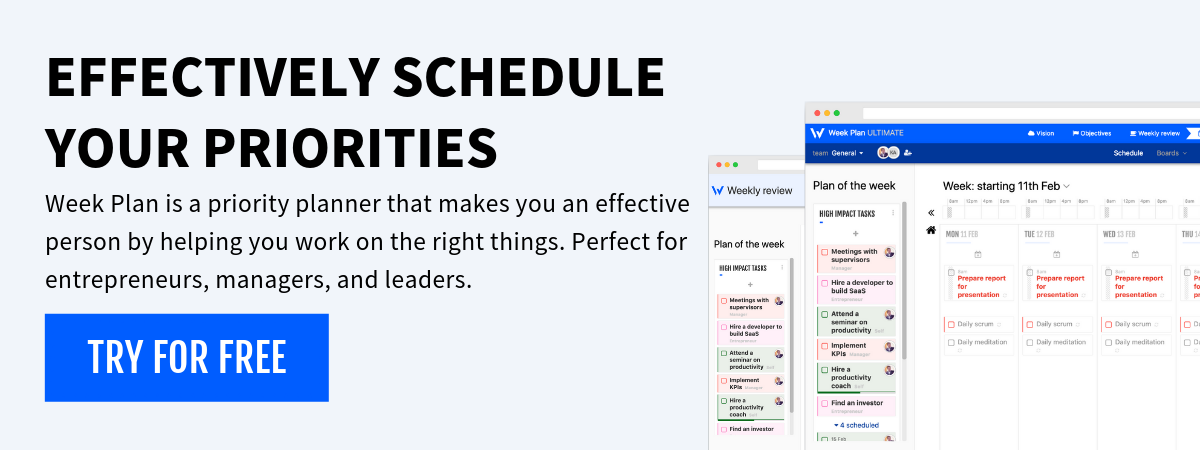The Rose, Bud, Thorn Method is a simple yet profound framework used for reflection and evaluation, applicable in both personal and professional contexts. This method encourages individuals and teams to categorize aspects of an experience or project into three distinct categories: the Roses (positives), the Buds (potential positives), and the Thorns (challenges). By facilitating a balanced view of successes, opportunities for growth, and obstacles, this approach aids in comprehensive understanding and strategic planning for future endeavors. This article delves into the methodology, application, benefits, and practical examples of the Rose, Bud, Thorn Method, highlighting its utility in enhancing productivity, fostering positive team dynamics, and improving time management.
Principles of The Rose, Bud, Thorn Method
The methodology is centered on three key components:
- Roses: Represent the successes or positive experiences in a given context. These are achievements or aspects that worked well.
- Buds: Symbolize potential or opportunities for growth and improvement. These are emerging ideas or strategies that have not yet fully developed but hold promise for the future.
- Thorns: Reflect the challenges, obstacles, or areas that need attention and work. These are the aspects that did not go as planned or could be improved.
Implementing The Rose, Bud, Thorn Method
To effectively apply this method, follow these steps:
Gather Input: Whether individually or in a group, start by collecting observations and insights related to the project, experience, or period being reviewed.
Categorize Feedback: Organize these observations into the three categories: Roses, Buds, and Thorns.
Reflect and Analyze: Discuss each category, understanding the reasons behind each observation and considering their implications.
Plan for Action: Based on this analysis, identify actionable steps that can be taken to replicate successes (Roses), nurture growth (Buds), and address challenges (Thorns).
Examples of The Rose, Bud, Thorn Method in Action
- Project Review Sessions: After completing a project, a team uses the Rose, Bud, Thorn Method to evaluate their work. They identify what aspects were most successful (Roses), potential innovations or improvements for future projects (Buds), and obstacles they encountered (Thorns).
- Personal Development: An individual applies this method to reflect on their personal goals and achievements over a period. They celebrate their victories (Roses), identify new opportunities or areas for learning (Buds), and acknowledge and plan to overcome challenges (Thorns).
The Rose, Bud, Thorn Method and Time Management
While not explicitly a time management tool, the Rose, Bud, Thorn Method indirectly contributes to more effective time use. By reflecting on what works well, where potential lies, and what challenges exist, individuals and teams can make more informed decisions about how to allocate their time and resources efficiently, focusing on high-impact activities and growth opportunities.
Benefits of The Rose, Bud, Thorn Method
1- Balanced Evaluation
Promotes a comprehensive view of experiences by recognizing positives, potential, and challenges.
2- Fosters Growth:
Encourages the identification and nurturing of emerging opportunities.
3- Improves Problem-Solving:
Helps in recognizing and addressing obstacles in a constructive manner.
4- Enhances Team Collaboration:
When used in group settings, it fosters open communication, mutual understanding, and collective strategizing.
Challenges and Considerations
While the Rose, Bud, Thorn Method is versatile and user-friendly, its effectiveness is contingent on honest and comprehensive input. In group settings, creating an environment where all participants feel comfortable sharing their perspectives is crucial. Additionally, the method’s simplicity should not preclude a thorough analysis of each category to ensure actionable insights are derived.
Conclusion
The Rose, Bud, Thorn Method stands out as a valuable tool for reflection, evaluation, and planning across various domains. It is a versatile and straightforward framework for reflection and analysis that can be applied across various contexts, from personal development to professional project reviews. By categorizing experiences into Roses (positives), Buds (potential positives), and Thorns (challenges), individuals and teams are equipped to conduct balanced evaluations that acknowledge achievements, recognize potential for growth, and identify areas needing improvement. This method not only facilitates a deeper understanding of past actions but also guides future planning and decision-making processes. Incorporating the Rose, Bud, Thorn Method into regular review routines can significantly enhance productivity, foster innovation, and contribute to a positive, growth-oriented mindset.

More Posts
10 Best Daily Personal Planners to get most out of your day
Your daily tasks, aspirations, and dreams should be noticed. Investing in the perfect daily personal planner helps you harness the chaos of your daily routine. From college students juggling assignments to busy professionals...
8 Strategies for Resource Capacity Planning
Resource capacity planning is key in today’s fast-changing work world. It helps balance work with the resources we have. Gartner says it’s vital to manage resources well to get the most value from...
7 Affordable OKR Softwares for Startups
In today’s dynamic startup ecosystem, organizations need tools to help align their teams with their strategic objectives. One such tool is the OKR software. Especially when considering affordable OKR Software, they play a...
7 Productivity Experts to Follow on Social Media
In our digital age, more than 60% of people use social media. Facebook, Instagram, and TikTok are now key for productivity tips. Many of us struggle to balance work and life. But, some...